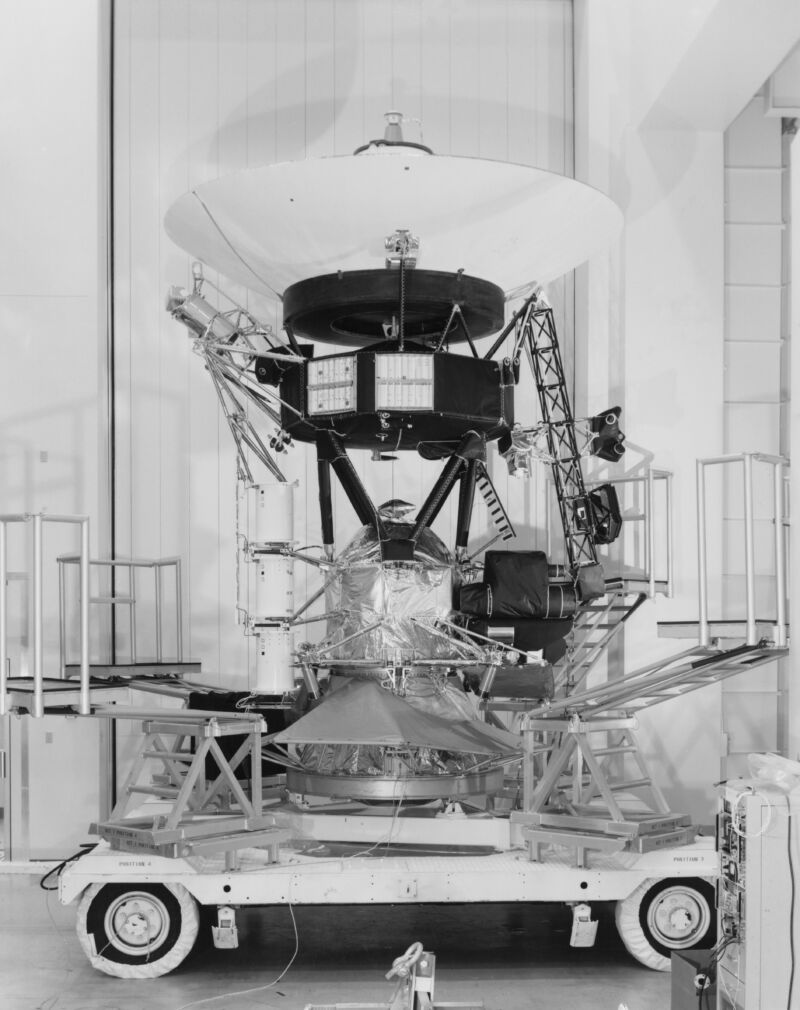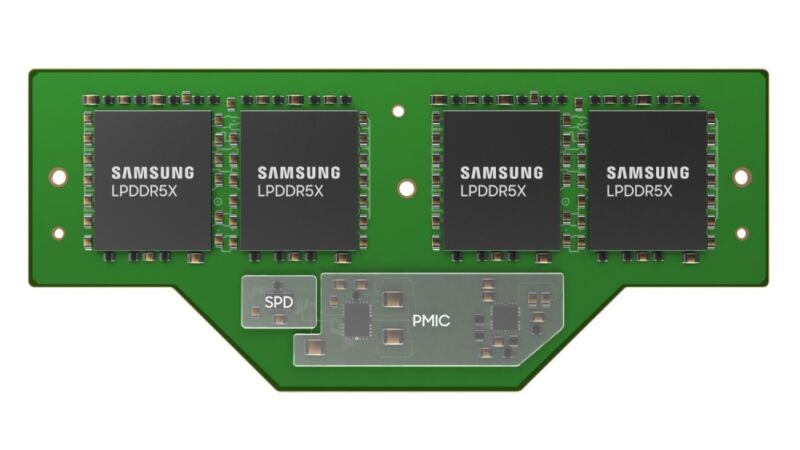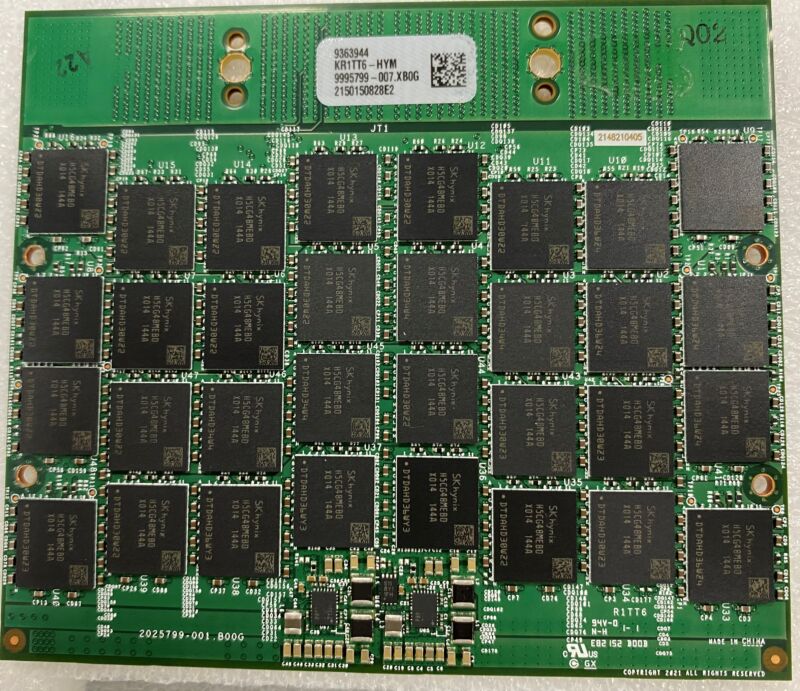-
 chevron_right
chevron_right
NASA knows what knocked Voyager 1 offline, but it will take a while to fix
news.movim.eu / ArsTechnica · Saturday, 6 April - 00:28

Enlarge / A Voyager space probe in a clean room at the Jet Propulsion Laboratory in 1977. (credit: Space Frontiers/Archive Photos/Getty Images )
Engineers have determined why NASA's Voyager 1 probe has been transmitting gibberish for nearly five months, raising hopes of recovering humanity's most distant spacecraft.
Voyager 1, traveling outbound some 15 billion miles (24 billion km) from Earth, started beaming unreadable data down to ground controllers on November 14. For nearly four months, NASA knew Voyager 1 was still alive—it continued to broadcast a steady signal—but could not decipher anything it was saying.
Confirming their hypothesis, engineers at NASA's Jet Propulsion Laboratory (JPL) in California confirmed a small portion of corrupted memory caused the problem. The faulty memory bank is located in Voyager 1's Flight Data System (FDS), one of three computers on the spacecraft. The FDS operates alongside a command-and-control central computer and another device overseeing attitude control and pointing.




